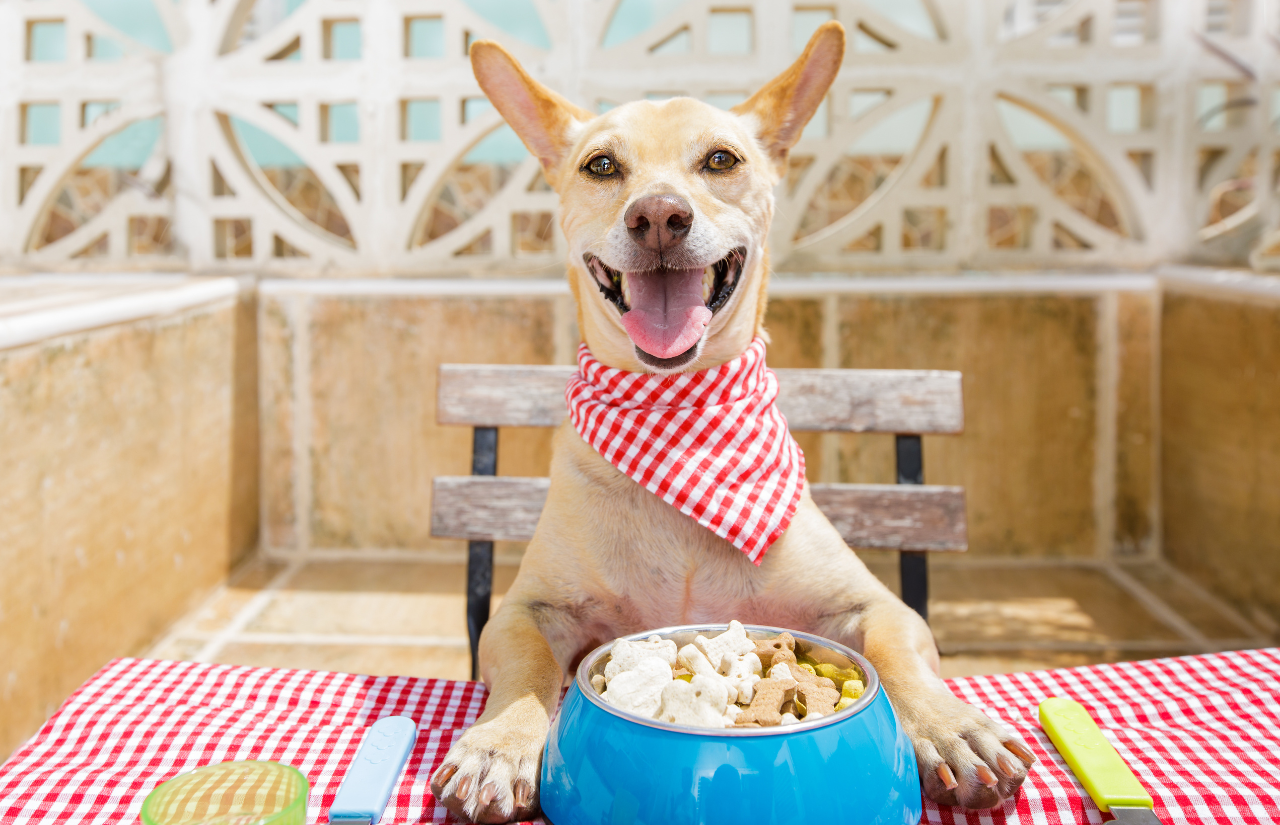As a dedicated dog parent, you understand that your four-legged friend is more than just a pet—they’re a cherished member of your family. You want to provide them with the best care possible, and that includes their diet. But with so much conflicting information out there, it can be challenging to determine the optimal feeding schedule for your furry friend. This comprehensive guide aims to demystify the process, providing clear, expert-backed advice on how often you should feed your dog, taking into account their age, breed, health status, and more. Read on to ensure you’re meeting your dog’s nutritional needs and helping them lead a healthy, happy life.
Table of Contents
Understanding Your Dog’s Nutritional Needs
Puppy Feeding Schedule
Adult Dog Feeding Schedule
Senior Dog Feeding Schedule
Special Considerations for Dog Feeding
Common Questions About Dog Feeding
Understanding Dog Food Labels
The Role of Treats in Your Dog’s Diet
Homemade vs. Store-Bought Dog Food
The Importance of Hydration
Understanding Your Dog’s Nutritional Needs
Every dog parent wants the best for their furry friend, and that includes providing them with a balanced diet. But how often should you feed your dog? The answer depends on various factors such as your dog’s age, breed, health status, and activity level.
Dogs, like humans, require a balanced diet to maintain their health. This includes proteins, carbohydrates, fats, vitamins, and minerals. The proportion of these nutrients varies depending on the dog’s life stage and health condition.
Puppy Feeding Schedule
Puppies are like little energy balls, always on the move. They grow rapidly and need a diet rich in protein and fat to support their growth and development. Puppies should be fed three to four times a day until they are six months old.
Remember, portion control is crucial. Overfeeding can lead to obesity and other health issues. Always follow the feeding guidelines provided on the dog food packaging or consult with your vet.
Adult Dog Feeding Schedule
Once your pup reaches adulthood, their feeding schedule can be adjusted to two meals a day. Adult dogs need a balanced diet that includes all the essential nutrients but in different proportions compared to puppies.
Again, portion control is key. The amount of food your adult dog needs will depend on their size, breed, and activity level.
Senior Dog Feeding Schedule
As dogs age, their metabolism slows down, and they become less active. This means they require fewer calories compared to their younger counterparts. However, they may need more of certain nutrients, like protein and fiber.
Senior dogs should be fed two smaller meals a day to prevent overeating and weight gain. It’s also important to monitor their weight and adjust their diet as needed.
Special Considerations for Dog Feeding
There are special considerations to keep in mind when feeding your dog. For instance, pregnant and nursing dogs have different nutritional needs and may require more frequent meals.
Dogs with certain health conditions, like diabetes or kidney disease, may also need a special diet. Always consult with your vet if your dog has a health condition that could affect their diet.
Common Questions About Dog Feeding
In this section, we’ll address some common questions dog parents often have about feeding their furry friends.
Can I feed my dog once a day?
While it’s not necessarily harmful, feeding your dog once a day is not recommended. It can lead to blood sugar fluctuations and may not provide your dog with the sustained energy they need throughout the day.
Should I leave food out for my dog all day?
Free feeding, or leaving food out all day, can lead to overeating and obesity. It’s best to stick to a regular feeding schedule and remove any uneaten food after a certain period.
Can I feed my dog human food?
While some human foods are safe for dogs, others can be harmful or even deadly. Always consult with your vet before introducing new foods into your dog’s diet.
Understanding Dog Food Labels
Dog food labels can be confusing, but they’re important to understand. They provide information about the ingredients, nutritional content, and feeding guidelines.
The ingredients are listed in descending order by weight. The first ingredient is the one that makes up the largest portion of the food. Look for foods with a high-quality source of protein, like chicken or beef, as the first ingredient.
The Role of Treats in Your Dog’s Diet
Treats are a great way to reward your dog and strengthen your bond. However, they should make up no more than 10% of your dog’s daily caloric intake. Too many treats can lead to weight gain and nutritional imbalances.
Homemade vs. Store-Bought Dog Food
Some dog parents prefer to make their own dog food, while others prefer the convenience of store-bought food. Both options have their pros and cons. Homemade food allows you to control the ingredients, but it can be time-consuming to prepare and may not provide a balanced diet. Store-bought food is convenient and nutritionally balanced, but it may contain preservatives and fillers.
The Importance of Hydration
Water is an essential part of your dog’s diet. It aids in digestion, nutrient absorption, and temperature regulation. Always ensure your dog has access to fresh, clean water.
Remember, every dog is unique, and what works for one may not work for another. Always consult with your vet to determine the best feeding schedule and diet for your furry friend.
In the end, feeding your dog is not just about providing sustenance. It’s about nurturing a bond, showing love, and ensuring your four-legged family member leads a healthy, happy life.

